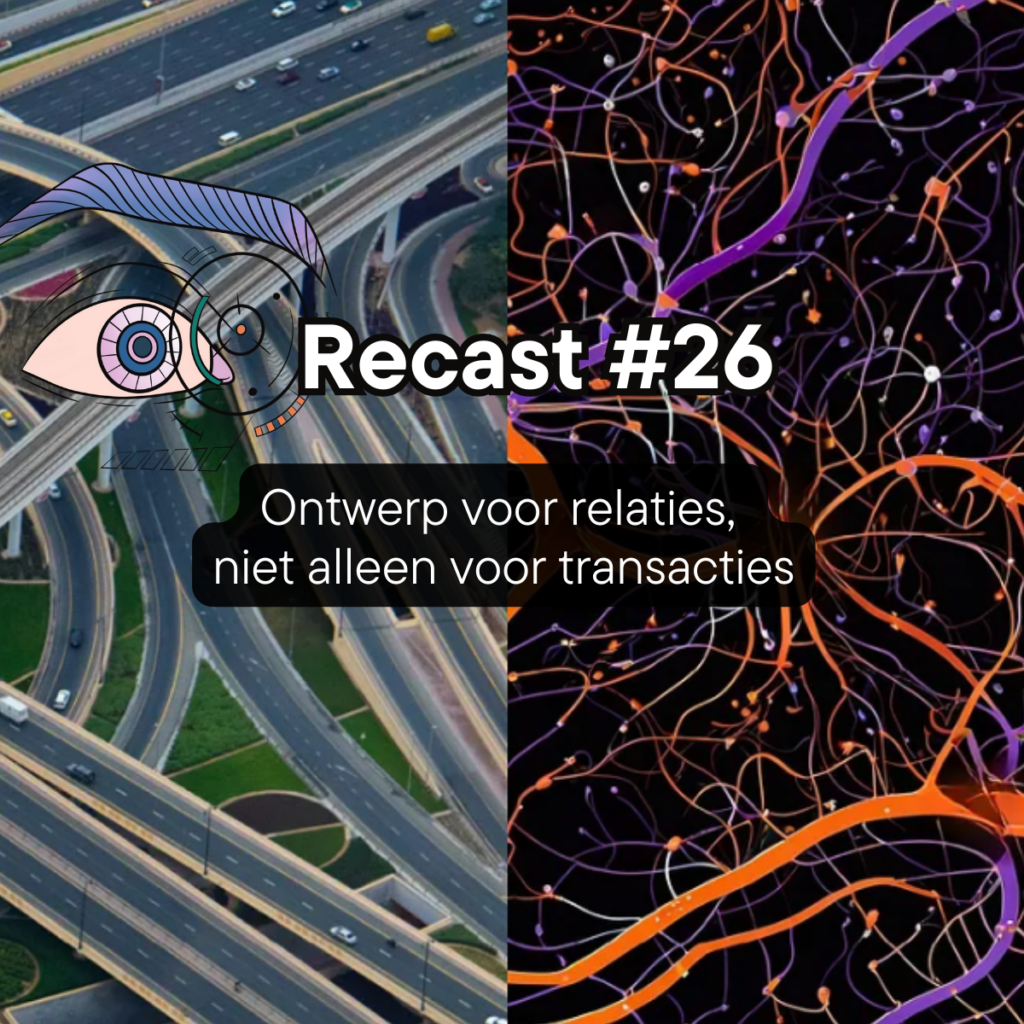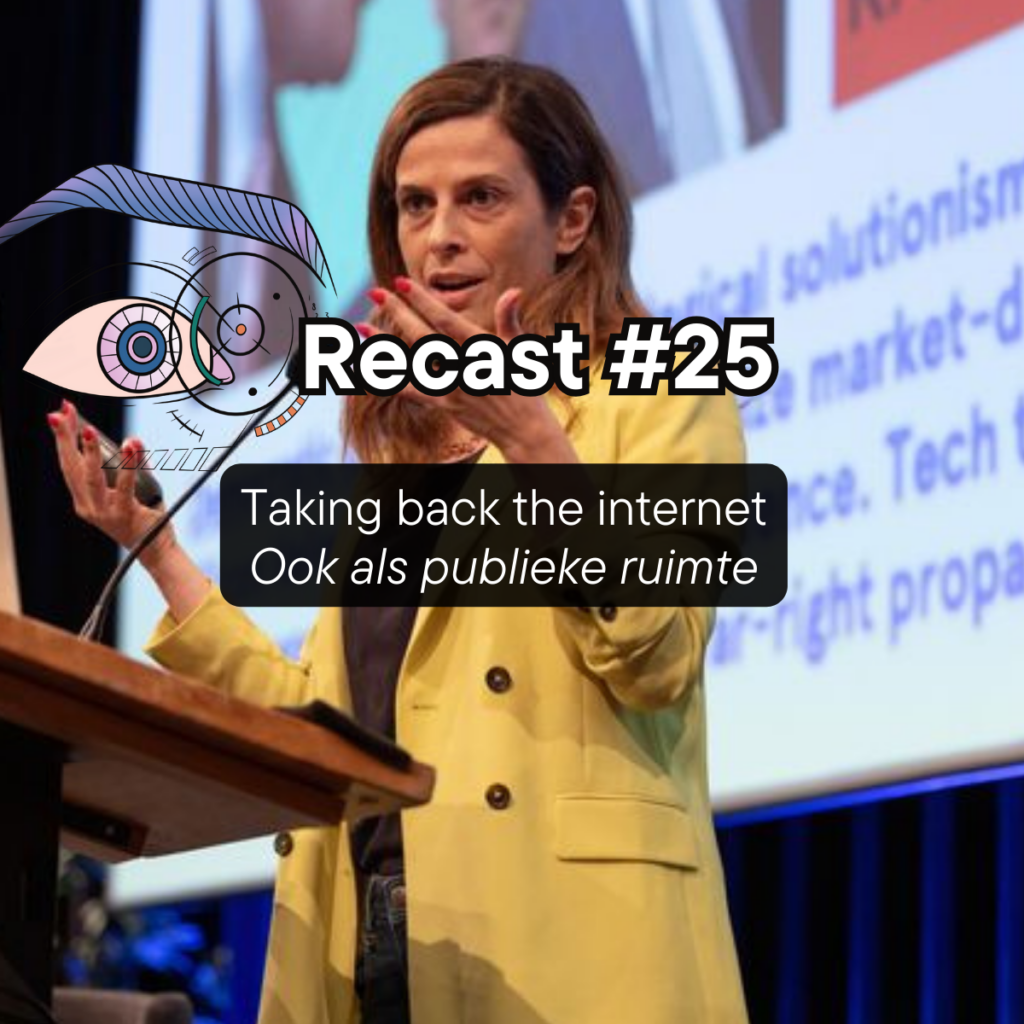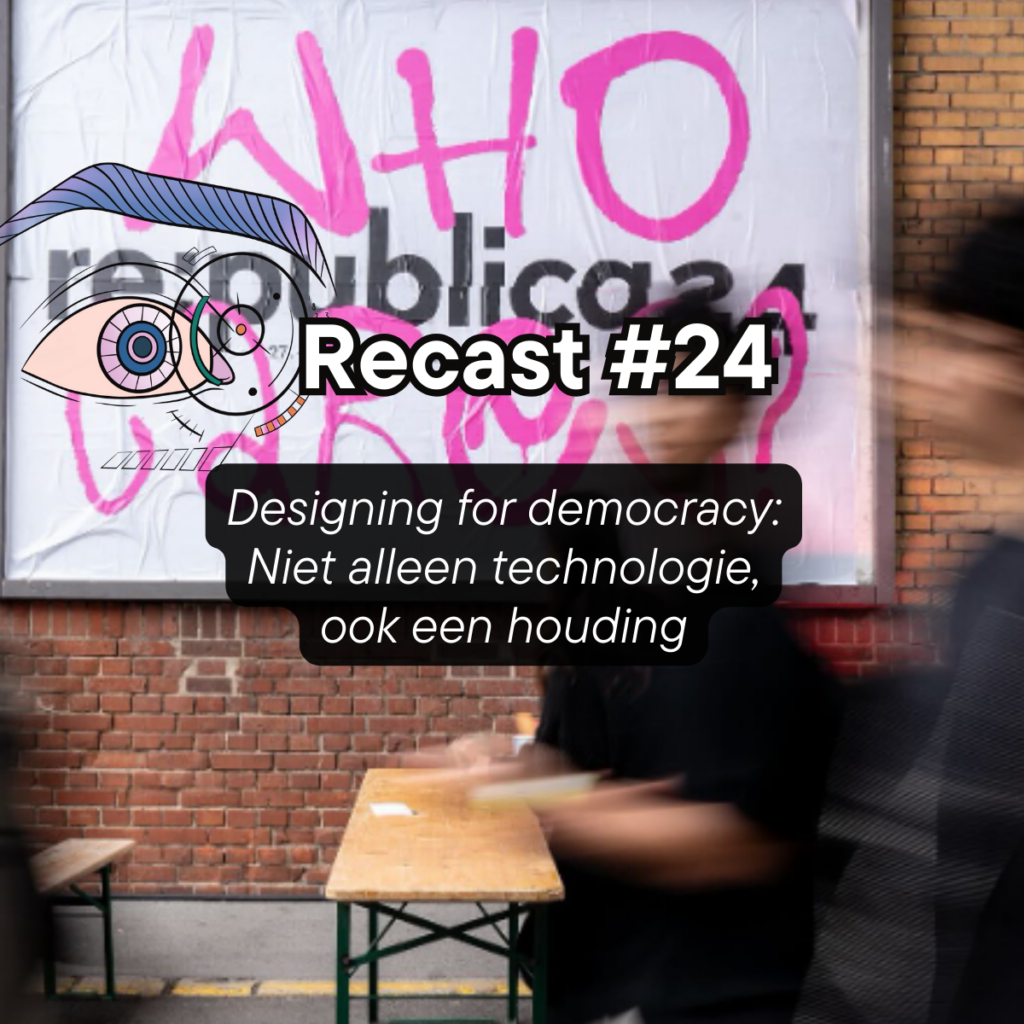Article
Towards Industry 4.0: Big Data and Industrial Internet of Things(IIoT)
What to do with a cancelled lecture session? Publish a blog about it, of course. This excerpt is about Big Data and the Industrial Internet of Things.
What is Big Data?
Big data can be described as all forms of structured and unstructured information that are generated by people, systems and processes in a given environment. Data is generally termed BIG on the basis of its volume, variety and velocity. In an industrial context, Big Data refers to all sorts of data that are generated from the design stage of a product; through to the products’ useful life and to its end-of-life. Engineering big data is usually obtained from an interconnection of cyber-physical devices such as machines or sensors, networks such as the cloud, analytical applications and user-interfaces that facilitate real-time condition monitoring. Such interconnection is what we now refer to as the Industrial Internet of Things (IIoT) – a key driver of the 4th Industrial Revolution (Industry 4.0).
Why are we interested in Big Data and IIoT ?
A synergy of Big Data and IoT holds vast potentials for high levels of adaptability and quick turn-arounds in production and manufacturing systems – otherwise known as smart manufacturing. It creates value by increasing system efficiency and reducing operational costs since such systems could be effectively monitored remotely – through forward and backward control feeds. This facilitates additional business intelligence and tends to reduce human errors, particularly in high-precision or risk-averse industries such as aerospace, health care and the energy sectors. However, the ability to automatically analyse huge amounts of data in real-time and make predictions that would trigger corrective action; almost immediately, still presents a unique challenge.
How can Industry harness Big Data and IIoT?
There are several ways of enhancing operations through the use of data-driven technology such as IoT. Two key areas out of several others were selected and summarised here.
Safety and Occupational Health: Safety is a top priority in most industrial environment. A good percentage of falls and trips in production environment could be attributed to a combination of factors ranging from clogged gangways, carelessly kept tools, lack of illumination and tiredness among others. Gangways and shop floors may benefit from embedded instruments that track or flag slipperiness, obstructions and keep a log of previous near-falls. An innovative consideration might be creation of digitally enabled gangways or smart mats; but, these have to be designed for purpose depending on the ergonomic demands of a task. A wearable IoT device could provide a solution, particularly in situations where workers are more vulnerable to the risks of accidents, fatigue and deadly contagious illnesses.
As several factories and logistic organisations recently shut down operations due to the sudden outbreak of infection, Big Data from IoT devices could help to keep workers safer; in the event of need for continued operations for the sake of essential products. This may impact the manufacturing and distribution of essential consumables that are in high demand. For instance, an integrated wearable, embedded with micro-electronic microphone, lumbar motion monitors and temperature instruments could be designed to flag down bio-data with signs of unusual cough patterns, musculoskeletal injuries and unusual high body temperatures. Potential occupational health hazards might be minimized by the use of such digitalised technology as data could be streamed to specialist cloud stations where they could be further analysed for proper medical intervention, if needed.
Condition Monitoring, Reliability and Risk: Rotating machineries, including mills, pumps and compressors account for almost 40% of repair and maintenance activities in industrial environments. Unprecedented downtimes due to system failures are undesirable because they cost time and money; therefore, it makes sense to have an idea about when a process or system might fail for corrective plans to be initiated in good time. In a recent project, we looked at a milling operation where a huge amount of data was being generated by a milling machine. The data contained useful information that could potentially tell us about the quality of the milling process – in real time and quickly trigger corrective adjustments, if required. This was a good step in the direction of digitalising engineering operations as it indicated that it is possible to change a product’s desired shape or quality; with less disruption to the overall process and at less cost. However, understanding and utilizing such data for process digitalisation is not very simple. Using techniques from engineering data analytics and machine learning, we were able to accurately identify patterns in the data for decision making. In the project, milling data consisting of information such as; the vibration of the mill, the sound produced by the mill, the current, speed, depth and wear of the mill insert were analysed and trained using machine learning; for predicting the status of the milling process. Pattern recognition is a crucial step for process digitalisation. In this case, it enabled us to understand what was going on in the system and future predictions about the state; whether nominal or failed, of the milling process and the part. Thus, when new data is presented to our model, it can automatically tell us if the milling is going to fail or be successful. A cross-validation of the results showed that the approach provided a good interpretation and prediction of the milling process.
In summary, Big Data and IIoT could mean different things from industry to industry and from sector to sector – depending on the nature of available data and the parameters of interest. However, the key element of Industry 4.0 is the ability of systems to automatically make meaning out of the data it receives from various processes in real-time, and swiftly make data–driven decisions. Industrial assets could be effectively monitored, controlled and digitalised with a proper network of interconnected equipment, people and processes. There is good evidence that it enhances human safety, reduces cost and saves time.
 This article was written by Ikenna A. Okaro (PhD), a Mechanical Engineer whose current research focuses on the use of data-driven techniques to digitalize process control, risk management and the reliability of emerging technologies.
This article was written by Ikenna A. Okaro (PhD), a Mechanical Engineer whose current research focuses on the use of data-driven techniques to digitalize process control, risk management and the reliability of emerging technologies.


